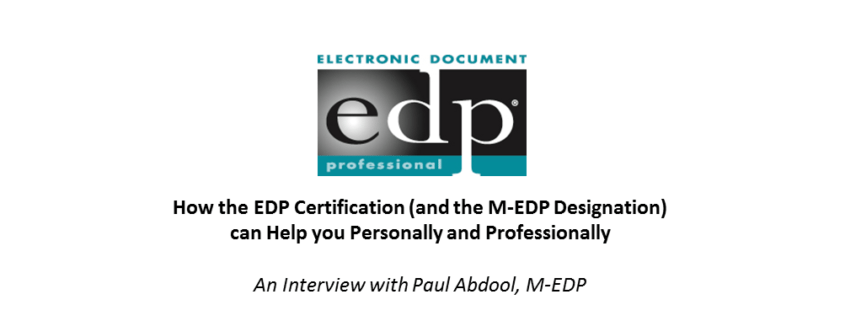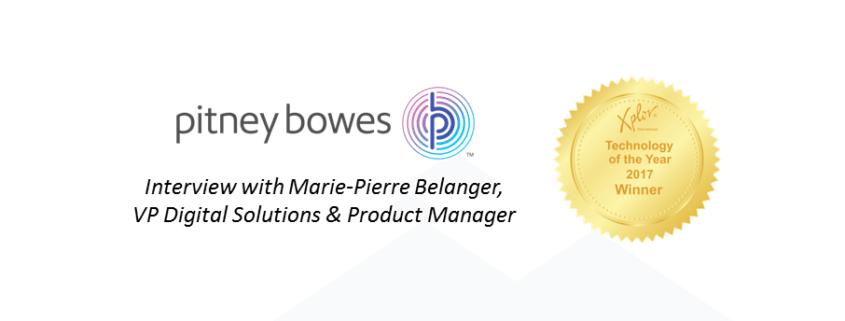Xplor President talks to Crawford Technologies President, Ernie Crawford
Interviewed by Skip Henk, EDP, President and CEO of Xplor International
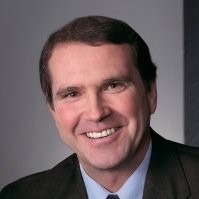 I have had the pleasure of watching Crawford Technologies over the years becoming a leading provider of customer communications solutions. Their latest solution, SmartSetup, was recognized at the 2023 Xplor CCM Summit with the Technology of the Year award.
I have had the pleasure of watching Crawford Technologies over the years becoming a leading provider of customer communications solutions. Their latest solution, SmartSetup, was recognized at the 2023 Xplor CCM Summit with the Technology of the Year award.
Founded in 1995, Crawford Technologies has grown to become a renowned provider of solutions for enterprise communications processing (ECP). Ernie Crawford, Founder, President & CEO of Crawford Technologies, shares his thoughts about ECP and the need to process customer communications for smartphones and tablets.
Skip – What is enterprise communications processing and how is it different than customer communication management?
Ernie – Enterprise communications processing (ECP) is a comprehensive approach to giving enterprises the tools they need to manage and deliver all forms of business communications to their customers, across various channels like email, print, mobile apps and more. It streamlines and automates the entire communication workflow, from composition through post-composition, postal automation, job combining and assembly to delivery and tracking.
ECP has become very popular because most organizations have multiple CCM platforms and composition software, and it is very costly and inefficient to get them all to provide multi-channel and omni-channel capabilities that are consistent with each other—if that is even possible. It is highly desirable to have a single point of control and that is where ECP comes in.
ECP helps organizations improve their customer experience with consistent on-target, timely communications through their customers’ preferred channels. At the same time, we see organizations benefit from reduced operational costs by eliminating redundant and manual tasks. This translates into tremendous cost savings that enable the money to be used to improve other areas of the business, such as accessibility.
On the other hand, CCM focuses on the composition of customer communications, involving tasks like planning communication strategies, designing compelling content and adhering to branding guidelines. It’s essentially the creative hub where the communication materials take shape, addressing the customer’s journey and information needs.
Skip – What’s the challenge with using PDFs for electronic delivery?
Ernie – PDFs were created in the 1990s to provide a standard format for sharing documents electronically between computer systems. Today, nearly 80% of consumers prefer reading emails, newsletters and other forms of corporate communications on their smartphones or tablets. Combined with 92% of internet users accessing the internet using a mobile phone, that means there has been a dramatic shift from consumers using computers to smartphones to read news, check email, respond to text messages, communicate on social media, access corporate portals, shop for goods and services and browse the web. This shift, or mobile revolution, makes it a requirement for organizations to make sure that all their customer-facing communications are optimized for mobile devices. As an ECP company, Crawford Technologies ensures that we provide the tools and capabilities for organizations to make that happen. The beauty of doing that in ECP is that we can be made aware of when a user is on a mobile device and provide that format dynamically.
Skip – OK, what format should our readers be using for electronic customer communications?
Ernie – Composing customer communications and formatting them into AFP or PDF is still a regulatory requirement for many organizations in order to match the printed documents. They are a document of record for record retention. Therefore, AFP and PDF are not going away.
We have embraced the concept of processing print files and transforming them into responsive HTML for mobile device communications, without altering the original document in any way. A good example is a customer of ours which is a very large financial institution. Our software converts their print-ready transactional customer communication documents into responsive HTML for mobile devices. It is done in real time when a customer requests to view their statement from their smartphone.
Skip – Why not compose customer communications in HTML?
Ernie – You could invest in composing customer communications in an HTML format, but that would result in maintaining and storing a print and HTML version of the communication. This approach will increase your labor, storage and operational costs when corporate mandates are to reduce costs and be more efficient. For example, one of our customers estimated that it would cost them in excess of $20 million to generate, maintain and store two communications with the same data.
Skip – Good point. Any closing thoughts for our readers?
Ernie – Enterprise communications processing is a versatile technology that can be used to improve customer communications in a variety of ways. We provide some of the best, cutting-edge technologies in the industry. If you are looking for a way to streamline your communication processes, deliver communications for smartphones and tablets and reduce costs, then our ECP solutions are a good option to consider.
The future of electronic customer communications is undeniably mobile. Organizations must recognize this shift in consumer behavior and adapt their strategies accordingly. Embracing responsive HTML for electronic communications is not just an option—it’s a necessity for staying relevant in a rapidly changing digital landscape. It’s time for organizations to leave behind the constraints of PDFs, embrace responsive HTML and usher in a new era of mobile customer communications.
Skip – Thank you, Ernie, for taking the time and sharing your thoughts. Best wishes to you and the Crawford family for a happy holiday season.
To learn more about making your customer communications mobile-ready, register for the upcoming webinar, Mobile Revolution: Enhancing Customer Engagement with Responsive HTML, hosted by Crawford Technologies on December 7 at 1 p.m. ET. It will include tips and tricks to transform PDFs into responsive HTML and show how it can be done using Crawford Technologies’ enterprise communications processing software.
Until next interview! Take care.
Skip Henk, EDP
President/CEO
Xplor International
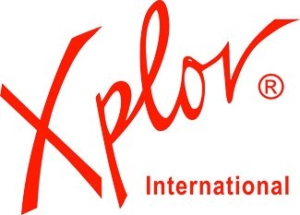
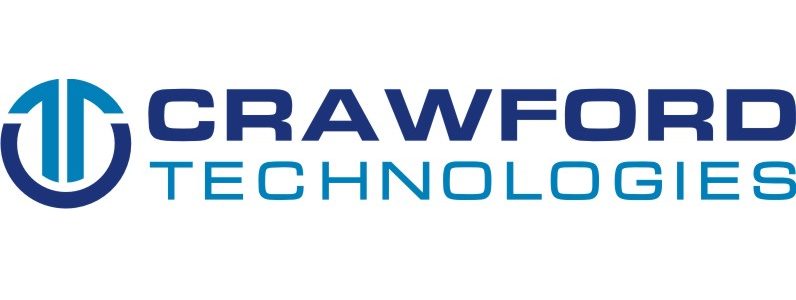


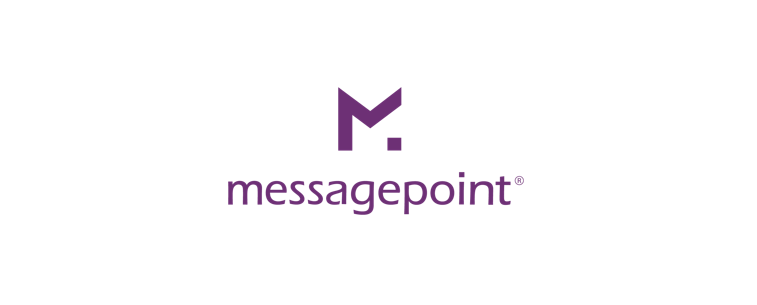
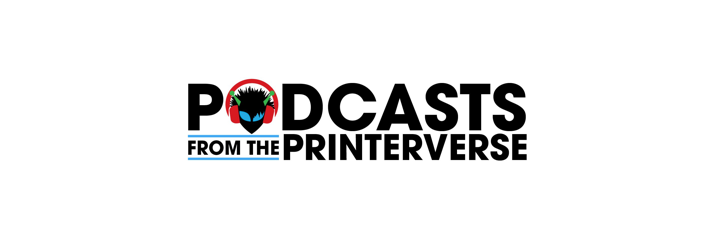
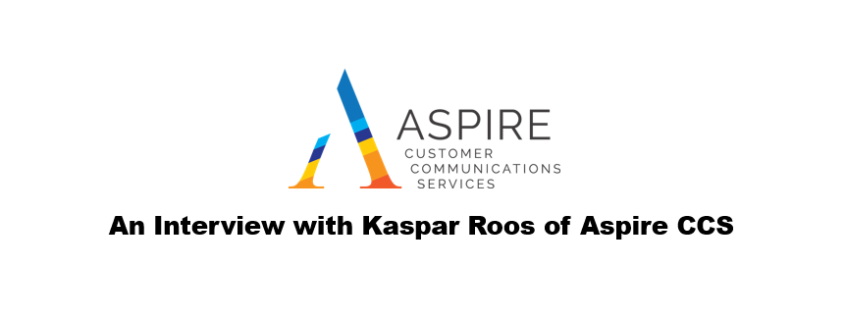


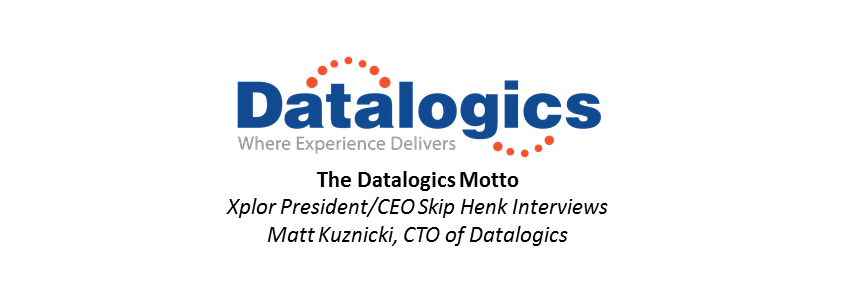
 Matt: Datalogics, Inc. is based in the great city of Chicago, and we are proud to be able to say that we have recently celebrated our 50th year in business. We consider ourselves the premier source for PDF and eBook technologies. We were founded in 1967 and started as a small independent software firm, in the era of reel tapes and punch cards. We’ve come a long way from those days, and now leverage tools like Agile and GitHub to keep up-to-date with new ideas in the IT community. Our primary goal when we first started, which still rings true today, has been to surpass our customer expectations by providing them with innovative features and new product updates to meet their needs.
Matt: Datalogics, Inc. is based in the great city of Chicago, and we are proud to be able to say that we have recently celebrated our 50th year in business. We consider ourselves the premier source for PDF and eBook technologies. We were founded in 1967 and started as a small independent software firm, in the era of reel tapes and punch cards. We’ve come a long way from those days, and now leverage tools like Agile and GitHub to keep up-to-date with new ideas in the IT community. Our primary goal when we first started, which still rings true today, has been to surpass our customer expectations by providing them with innovative features and new product updates to meet their needs.